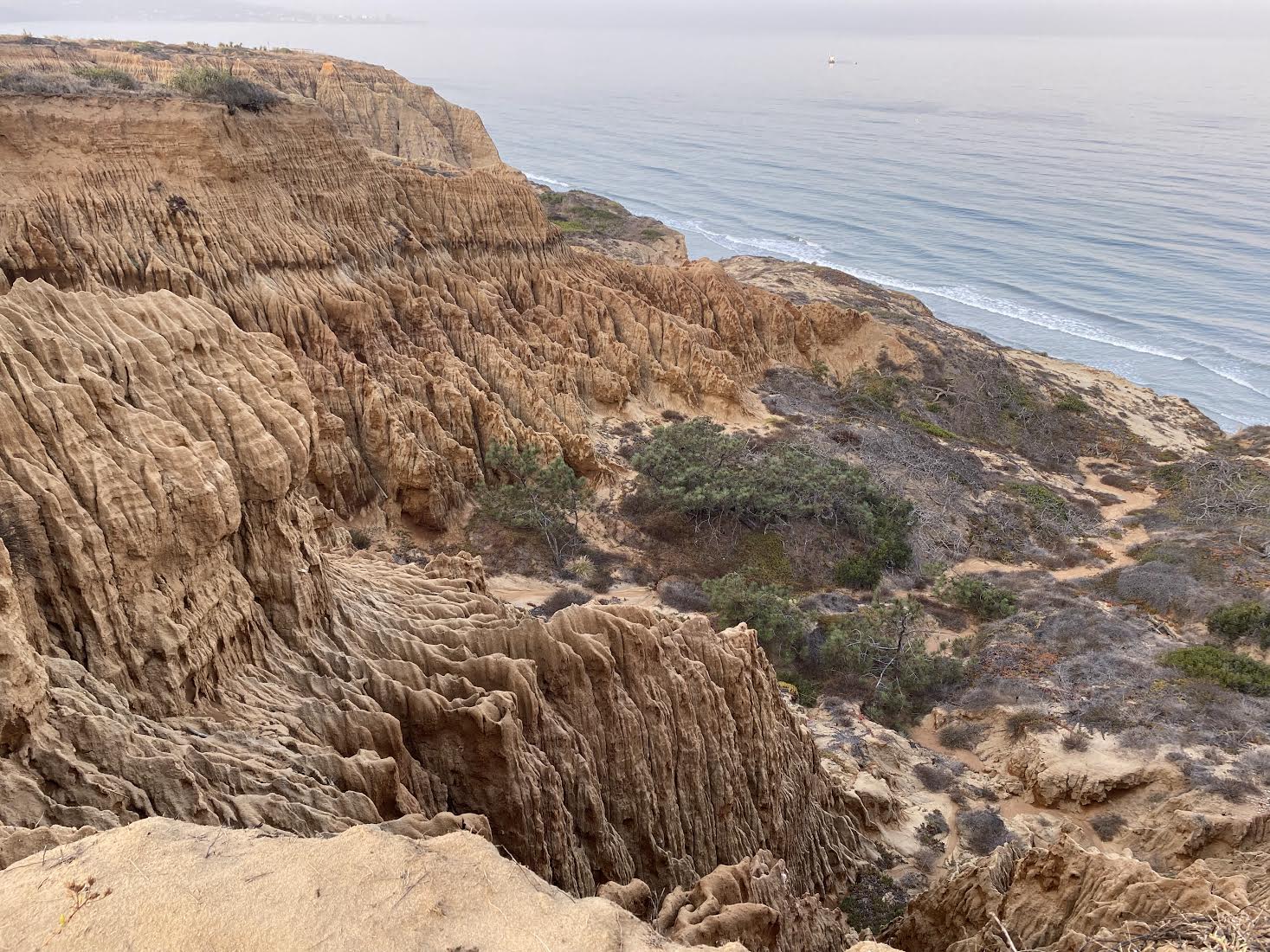Belonging to Land and Sea
Recognizing the Chumash Heritage National Marine Sanctuary

As a runner, I often feel a sense of wonder, freedom, and pleasure as I run Santa Barbara front country trails overlooking the Pacific Ocean, the ancestral homelands of the Chumash and Salinan Peoples. But a couple of matters regularly complicate things. If you are like me and not Indigenous, it is hard to feel an appropriate sense of belonging to this land and sea, given both the violent history and ongoing reality of dispossession and displacement of the Central Coast’s Native Peoples on the one hand, and our global-warming ways of life currently threatening these same places with environmental degradation and biodiversity loss on the other.
Some California Indians like ethnic studies professor Charles Sepulveda (Tongva and Acjachemen) call non-Indigenous people to consider belonging as guests “to the local Indigenous peoples, but more importantly, to the land itself which contains spirit and is willing to provide.” The status of guest “is neither demanded nor ordered,” according to Sepulveda, it is “a relationship offered and chosen.” Though originally uninvited and here by fate, the idea is to become a good guest, a welcomed one, as opposed to a disrespectful and inconsiderate one.
One key way we can be good guests to the Central Coast’s Native Peoples and natural world today is by supporting the designation of the first Tribal-nominated marine protected area, the Chumash Heritage National Marine Sanctuary.
The Northern Chumash Tribal Council, on behalf of a broad coalition of Indigenous and environmental groups, has nominated roughly 150 miles of coastline — including wetlands — and 7,500 square miles of ocean adjacent to San Luis Obispo and Santa Barbara counties, and between the Monterey Bay and Channel Islands national marine sanctuaries, to preserve Chumash tribal history and protect rich marine habitat. This proposed area is a world-renowned ecological transition zone, known for its luxuriant kelp forests and many threatened and endangered species such as blue whales, leatherback sea turtles, southern sea otters, black abalone, and snowy plovers.
Uniting in solidarity with the Central Coast’s Native Peoples — those involved in this designation process to recognize their history and develop place-based, cultural programs to promote both Indigenous and non-Indigenous understanding — is a good-guest thing to do. The place-based aspect is crucial. What Leanne Simpson (Michi Saagiig Nishnaabeg), a leading Indigenous writer, observes pertaining to the land applies just as much to the sea: “Education comes from the roots up. It comes from being enveloped by land.”
Good guests of the Central Coast’s natural world would also center and support the use of Indigenous perspectives in the management of the proposed sanctuary. One of the highlights of the original nomination document is its explanation of a Chumash philosophy of “thrivability,” which “transcends sustainability by creating an upward spiral of greater possibilities and increasing energy.” In other words, “thrivability emerges from the persistent intention to create more value than one consumes.” Imagine how ecologically and economically beneficial it would be for our region if this philosophy were to inform planning around issues such as climate change, oil and gas development, oil-platform abandonment, seismic survey testing, offshore wind and wave energy development, fiber optic cables, and the potential discharge of Central Valley wastewater.
The National Oceanic and Atmospheric Administration (NOAA) is currently reviewing public comments collected during the initial scoping period, and drafting a management plan, environmental impact statement, and proposed rule, which they plan to release in the late spring. We can receive email updates on this by signing up here. There will be a 60-day public comment period, during which NOAA will hold public meetings in-person and online. After this period, they will prepare the final designation documents to be published for sanctuary designation in 2024.
To be sure, identifying as a guest may not appeal to some, especially non-Native people who consider the Central Coast their home and feel a strong sense of place. Others may be concerned about further imposing on Native Peoples, framed by the guest-host binary as hosts. And, even if we think we are good guests for supporting the designation of the sanctuary, that does not mean we are no longer complicit in the dispossession and displacement of Native Peoples. Sepulveda himself admits that the concept of guest is a nearly impossible one, involving “a defiant act of love for our lands.”
Dedicated to leaving a sustainable ocean for future generations, Chumash-Tataviam elder and fellow runner Alan Salazar nevertheless sums up this vision well: “We’re all guests of the natural world that was here long before us, and non-Native people are guests with much to offer in working together with Native People who have been here long before them to protect land and sea.”
Vic Thasiah is a resident of Ventura, a professor of religion and environmental studies at California Lutheran University, a board member of Los Padres ForestWatch, and the founder of Runners for Public Lands.



